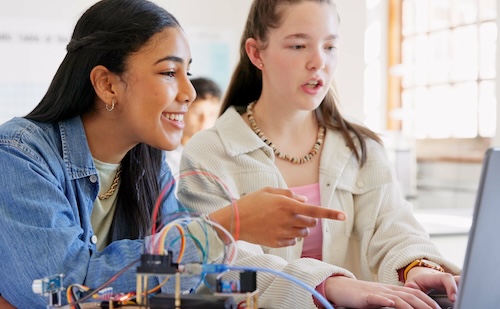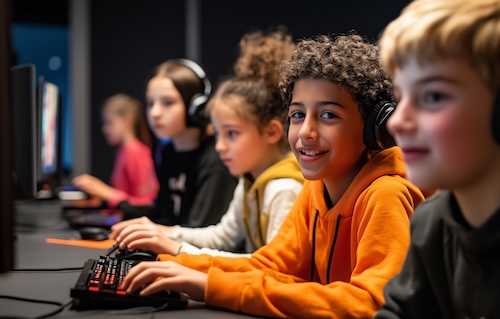Key points:
As someone who’s dedicated my career to advancing the Science of Reading movement, I’ve seen firsthand what it takes to help every child become a strong, fluent reader. We’ve made incredible strides in shifting the conversation toward evidence-based instruction, but I know we’re at a critical inflection point. While we–obviously–continue our work helping schools and districts adopt SOR, there’s an issue that stands in the way of real, sustained, progress: the staffing crisis and leadership churn that are leaving our educators overwhelmed and skeptical toward “change.” Without addressing these deeper structural issues, we risk stalling the momentum we’ve worked so hard to build.
The hidden costs of constant turnover
The data on teacher and leader turnover is bleak, and I’ve seen how it undermines the long-term commitment needed for any meaningful change. Consider this: Roughly 1 in 6 teachers won’t return to the same classroom next year, and nearly half of new teachers leave within their first five years. This constant churn is a massive financial burden on districts, costing an estimated $20,000 per teacher to recruit, hire, and onboard. But the real cost is the human one. Every time a new leader or teacher steps in, the hard-won progress on a literacy initiative can be jeopardized.
I’ve watched districts spend years building momentum for the Science of Reading, providing extensive training and resources, only to see a new superintendent or principal arrive with a new set of priorities. This “leader wobble” can pull the rug out from under an initiative mid-stream. It’s especially frustrating when a new leader decides a program has had “plenty of professional learning” without taking the time to audit its impact. This lack of continuity completely disrupts the 3-5 years it takes for an initiative to truly take hold, especially because new teachers often arrive with a knowledge gap, as only about one-quarter of teacher preparation programs teach the Science of Reading. We can’t build on a foundation that’s constantly shifting.
Overwhelmed by “initiative fatigue”
I know what it feels like to have too much on your plate. Teachers, already juggling countless instructional materials, often see each new program not as a solution but as one more thing to learn, implement, and manage. Instead of excitement, there’s skepticism–this is initiative fatigue, and it can stall real progress. I’ve seen it firsthand; one large district I worked with rolled out new reading, math, and phonics resources all at once.
To prevent this, we need to follow the principle of “pull weeds to plant flowers.” Being critical, informed consumers of resources means choosing flowers (materials) that are:
• Supported by high-quality, third-party research
• Aligned across all tiers of instruction
• Versatile enough to meet varied student needs
• Teacher-friendly, with clear guidance and instructional dialogue
• Culturally relevant, reflecting the diverse backgrounds of students
Now, even when a resource meets these standards, adoption shouldn’t be additive. Teachers can’t layer new tools on top of old ones. To see real change, old resources must be replaced with better ones. Educators need solutions that provide a unified, research-backed framework across all tiers, giving teachers clarity, support, and a path to sustainable student progress.
Building a stable environment for sustained change
So, how do we create the stable environment needed to support our educators? It starts with leadership that is in it for the long game. We need to mitigate turnover by using data to understand why teachers are leaving and then acting on that feedback. Strengthening mentorship, clarifying career pathways, and improving school culture are all crucial steps.
Beyond just retaining staff, leaders must foster a culture of sustained commitment. It’s not enough to have a few “islands of excellence” where a handful of teachers are getting great results.
We need system-wide adoption. This requires strong leaders to balance support and accountability. I’ve seen how collaborative teams, engaged in problem-solving and data-based decision-making, can transform a school. When teachers see students as “our students” and not just “my students,” shared ownership grows.
A leader’s job is to protect and sustain this vision, making sure the essential supports–like collaborative planning time, ongoing professional development, and in-classroom coaching–are in place. But sustaining change goes beyond daily management; it requires building deep capacity so the work continues even if leadership shifts. This means hiring, training, and retaining strong educators, investing in future leaders, and ensuring committed advocates are part of the implementation team. It also requires creating a detailed, actionable roadmap, with budgets clearly allocated and accountability measures established, so that any initiative isn’t just a short-term priority but a long-term promise. By embedding these structures, leaders can secure continuity, maintain momentum, and ensure that every step forward in literacy translates into lasting gains for students.











